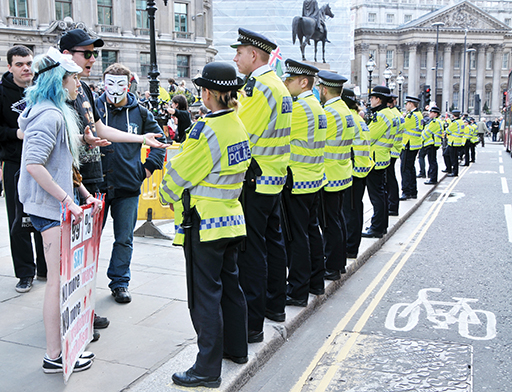3 What is criminology?
In this section, you will begin to consider what criminology is and what criminologists ‘do’. One of the aspects of criminology that this course focuses on is the importance of learning to question ideas about crime. In particular, you are being invited to question things that might be taken for granted in relation to crime, the law, criminal justice, and what dangers people in society find most threatening (Taylor, Walton and Young, 1973).
Taking an open and questioning perspective when seeking to understand crime and justice allows you to consider a wider range of influences that shape ideas about crime, the problem of crime itself and the way societies respond to it, including, for example, the influence of historical, political and economic factors (Young, 2011).
It is important to note that criminology often focuses on trying to understand the social, economic or environmental factors associated with crime and criminal justice, rather than just the individuals involved.
First have a go at Activity 6 to test your current understanding of criminology.
Activity 6 Defining criminology
Complete the following activity selecting the correct option from each drop down box.
The field of criminology, therefore, draws on a range of social sciences which help to shape the kinds of questions that criminologists pose and seek to answer, as the next section will explore.

